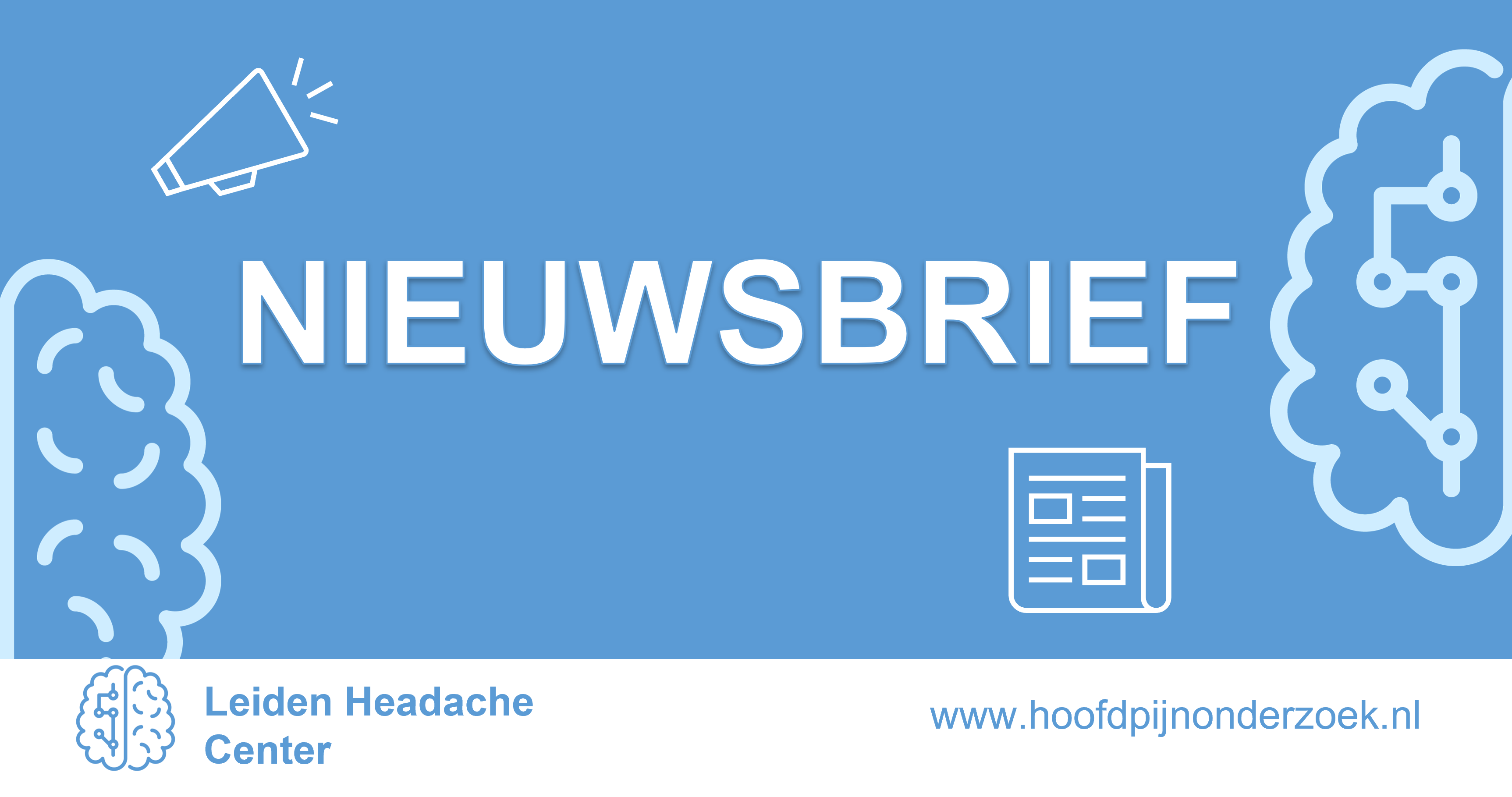Longitudinal EEG study in migraine
What does the study involve?
We use Electro-Encephalogram (EEG) recordings to measure brain activity. At the same time, we provide stimuli in the form of flashes of light. An Electro-Encephalogram is a research method in which the electrical activity of the brain is measured by means of electrodes on the head. The brain’s response to the flashes of light provides information about the brain’s excitability at that moment.
Measuring at home or in the LUMC?
The EEG recordings are currently done in the LUMC, but in the near future we will be performing the measurements in people’s homes. The research team will come to your home and we’ll take all the necessary equipment, no adjustments are necessary.
We also ask you to fill in some questionnaires and to keep an (online) headache diary for several weeks to months before and after the EEG recordings.
The recording day(s)
After a short explanation by the researcher and moments for your questions, we get to work. You will be given a kind of swimming cap in which EEG electrodes are incorporated. A gel is then used to make contact between the scalp and the electrode. After the EEG has been successfully set up and you are comfortable seated in a chair, you will be given goggles with built-in LED lights. The glasses deliver different flash patterns. During the recordings your eyes are closed. The EEG measurements take 60 minutes a day and are done for several days in a row until a migraine attack has occurs.
This study is part of ROADMAP (the development of electrophysiological reADouts for Migraine Attack Prediction).
Click here (only available in dutch) to view an article on the website of Quest about this study.
Also on August 23rd 2020 dr. Terwindt explain in a news item on NU.nl (only available in dutch) the purpose of this new EEG-study.



